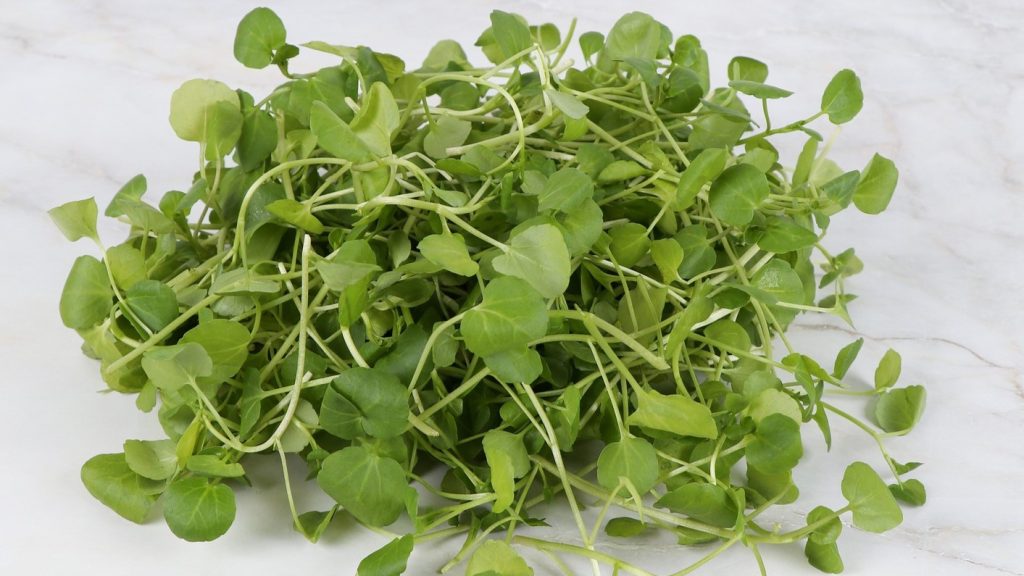This feisty microgreen brings a delightful snap and subtle peppery notes to salads, soups, stir-fries, and the classic tea sandwich.
Others are reading now
Watercress is often overshadowed by trendier greens like kale and spinach, but it has now quietly claimed the title of the most nutrient-dense vegetable, according to the CDC.
For some, however, this peppery, crisp microgreen has been a favorite long before its newfound recognition.
With a delicate yet bold flavor, watercress is a versatile ingredient that adds a spark to everything from soups to sandwiches — and it’s time more people gave it the love it deserves.
Why Watercress is a Nutritional Powerhouse
While watercress is a darling of chefs, its health benefits are equally compelling.
Also read
Packed with vitamins C, K, A, and B6, this green not only hydrates with its 95% water content but also supports eye health, bone density, and overall vitality. Vitamin K, in particular, plays a crucial role in increasing bone density, a feature that my ever-practical nana never lets me forget (and yes, she’s still rocking her original hips).
Its nutrient profile isn’t just impressive on paper—adding watercress to your meals can help stave off macular degeneration and boost focus thanks to compounds like lutein and zeaxanthin.
If you’ve only encountered watercress on a tea sandwich, you’re missing out. This green’s versatility is its secret weapon:
-
Elevate Your Salads: Toss it into mixed greens for a peppery pop or go all-in with a simple watercress salad dressed with olive oil, sea salt, and warm chèvre croutons.
-
Pair It with Protein: Layer watercress under roasted chicken or pork with a mustard vinaigrette for a fresh take on classic comfort food. Vegetarians can enjoy its brightness alongside roasted mushrooms.
-
Soup Season Staple: Blend watercress into a potato-leek soup for a vibrant, velvety bisque or serve it chilled as a summer refreshment.
-
Stir-Fry Surprise: Use watercress as a creative substitute for spinach or pea shoots in stir-fries. Its vegetal flavor absorbs garlic, ginger, and soy sauce beautifully, pairing perfectly with sesame oil.
Growing and Finding Watercress
Unlike kale or spinach, watercress can be elusive in standard grocery stores. Your best bet is an Asian grocer, where it’s often nestled among fresh herbs and greens.
Adventurous types might forage for it near creek beds, but if hiking isn’t your thing, consider growing it yourself.
Watercress thrives in moist, compost-rich soil and is winter-hardy, making it an ideal candidate for home gardeners. A small patch in your yard can provide year-round access to this snappy green, letting you skip the grocery store and add it to dishes at a whim.
Despite its versatility, watercress shines brightest in its simplest form: the iconic tea sandwich. Pair its crispness with whipped cream cheese and fluffy bread, crusts dutifully removed. Fancy it up with smoked salmon, or keep it classic with just a sprinkle of chives.
Watercress isn’t just a vegetable—it’s a muse for anyone craving both elegance and flavor. With its subtle pepperiness and satisfying crunch, this microgreen might just become your new favorite kitchen staple.








